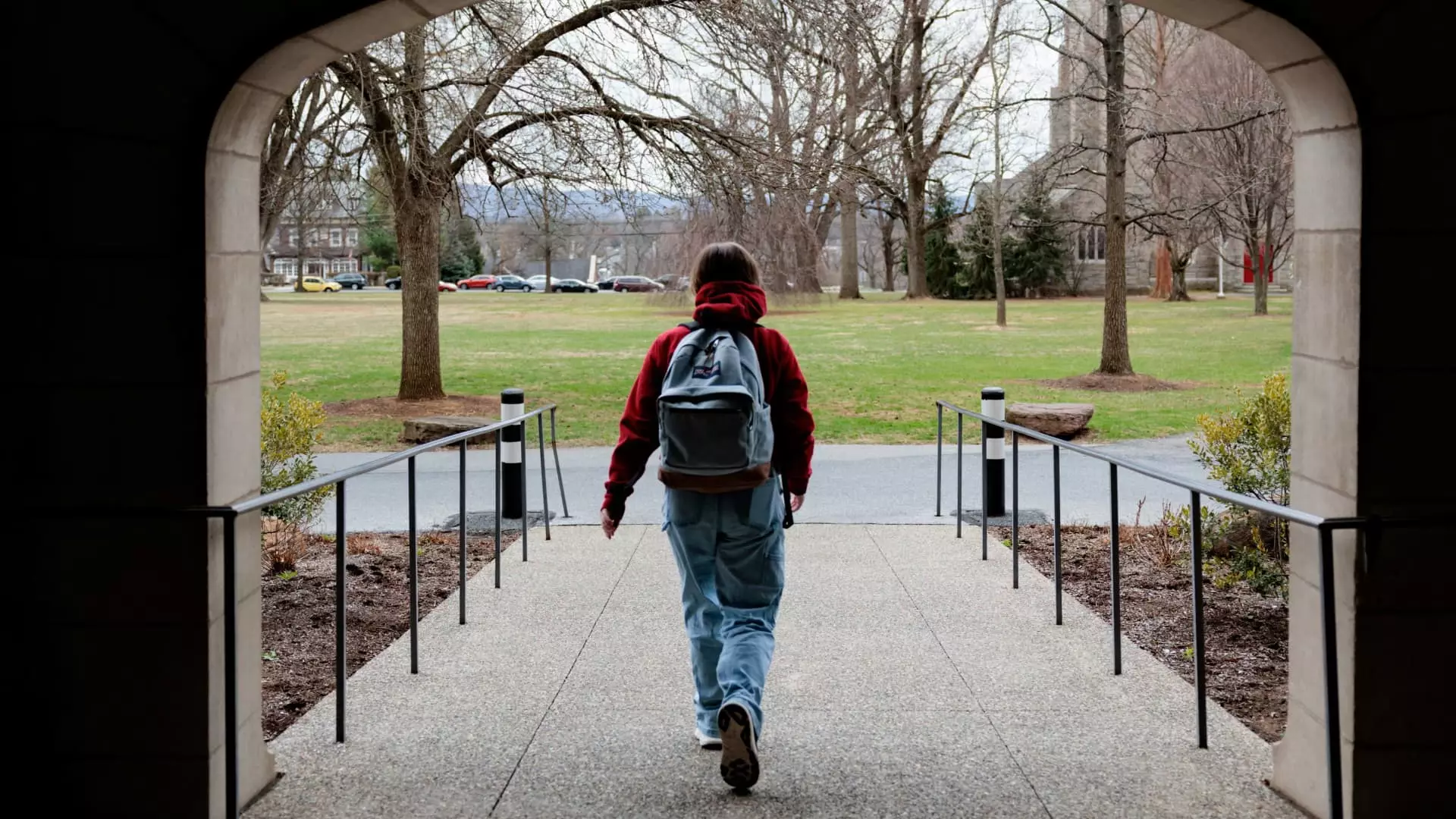The U.S. Department of Education’s recent announcement to reopen online applications for income-driven repayment (IDR) plans presents a glimmer of hope for millions of borrowers grappling with student loan debts. Yet, a closer analysis reveals that this move is far from a panacea. The sheer complexity of the student loan system calls into question the effectiveness of the IDR programs, which include Income-Based Repayment, Pay As You Earn, and Income-Contingent Repayment. While these initiatives aim to cushion the financial burden on borrowers, they often get mired in bureaucracy and miscommunication, diminishing their efficacy.
The Political Tug-of-War
The decision to pause applications earlier in the year, based on a court’s ruling, highlights the political lens through which student debt is often viewed. The Trump administration’s drastic actions have raised eyebrows among consumer advocates, who argue that the government should prioritize the financial well-being of its citizens over partisan politics. Furthermore, the American Federation of Teachers’ lawsuit against the administration for its overly broad interpretation of judicial judgment sheds light on the lengths to which advocates must go to protect borrowers’ interests. This situation underscores a grim reality: student loan policies can be altered not on the basis of effectiveness or borrower needs, but rather as a tactic within the political chess game.
The Need for Modernization
Originally crafted in the 1990s, the IDR plans were intended to serve as a lifeline for borrowers. They capped monthly payments based on discretionary income and promised forgiveness after a defined period. However, the revolutionary potential of these programs has yet to be fully realized. Today, over 12 million individuals rely on IDR plans, yet many remain unaware of the intricacies involved. Administrative hurdles and inconsistent guidance often leave borrowers confused and disheartened. If we genuinely wish to relieve the burden of student debt, these plans require a thorough overhaul, integrating modern technology and streamlining their processes to make them more user-friendly and effective.
The Burdensome Nature of Debt Forgiveness
While the prospect of loan forgiveness is enticing, it necessitates realistic expectations. The promise of debt cancellation should not merely be an abstract goal, but rather a tangible outcome rooted in accessible pathways. Many borrowers are disillusioned by the administrative challenges they face, leading to feelings of helplessness. A more transparent and straightforward process is vital to ensure that borrowers truly benefit from the forgiveness they seek, particularly those who have committed their lives to public service or other noble professions.
Prospective Future and Responsibility
As borrowers attempt to navigate this convoluted landscape, we must advocate for policies that prioritize fairness and accessibility in student loan repayment. It’s imperative for policymakers to recognize the ripple effect of student debt on our society, from stifled economic growth to diminished opportunities. By centering the needs of borrowers, we can reshape the future of higher education funding in the U.S. Thus, the question remains: will our leaders rise to the challenge, or will they continue to sidestep their responsibility to alleviate the student loan crisis? The stakes couldn’t be higher.

